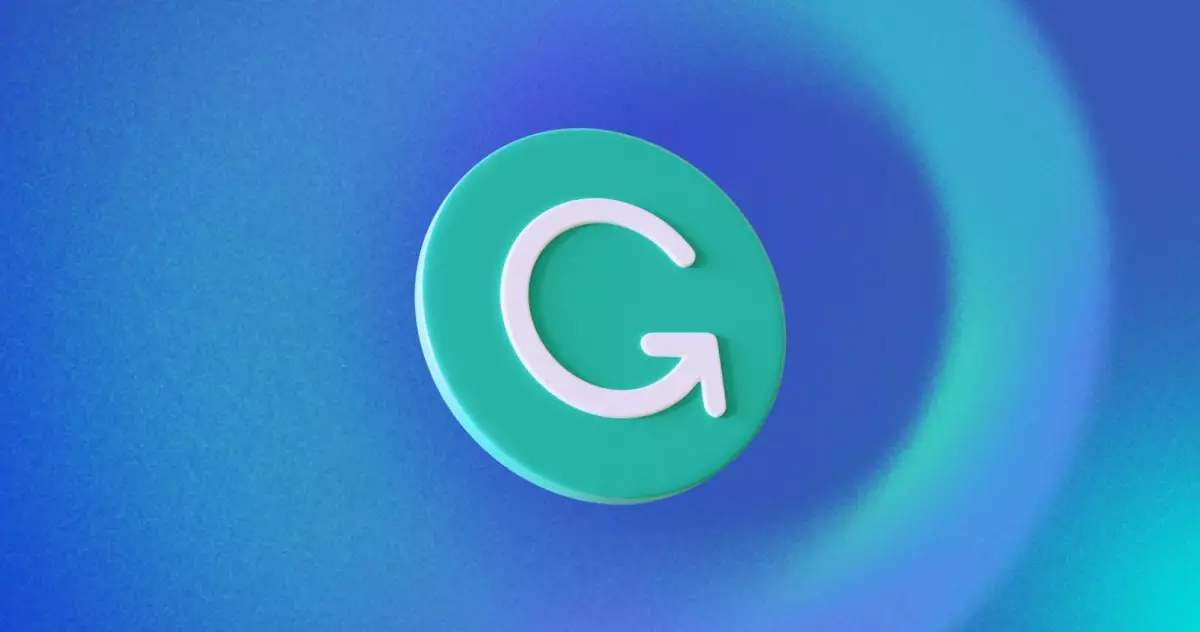In a significant move within the tech industry, Grammarly announced the acquisition of the productivity startup Coda, marking a transformative step in enhancing its offerings. This strategic decision, revealed on a Tuesday, will not only see Coda’s CEO, Shishir Mehrotra, take the helm as Grammarly’s new leader but also promises to revolutionize the capabilities of Grammarly’s AI assistant. While the financial specifics of this acquisition remain undisclosed, the implications for the market are substantial.
Grammarly, a leader in writing enhancement tools with over 40 million active users and a valuation of $13 billion, has set its sights on expanding beyond mere grammar correction. By acquiring Coda, valued at $1.4 billion following its Series D funding in 2021, Grammarly aims to transform its AI assistant into a comprehensive productivity platform. This integration is not just about amalgamating existing services but represents an evolution towards an AI-infused ecosystem that facilitates greater productivity through tools like generative AI chats and enhanced document management solutions.
In a blog post, Mehrotra articulated a futuristic vision for Grammarly, one where the AI assistant evolves into a more intelligent and integrated companion. He proposes the idea of an assistant that doesn’t merely provide writing suggestions but interacts seamlessly with other software tools such as email, project management platforms, and customer relationship management systems. This interconnected capability is set to revolutionize the user experience, allowing for a more holistic and efficient workflow.
A key takeaway from Mehrotra’s vision is the promise to upgrade Coda Docs with Grammarly’s written assistance features. This amalgamation indicates an intention to foster seamless collaboration and elevate user productivity to new heights by leveraging generative AI capabilities.
The transition of leadership, with Rahul Roy-Chowdhury stepping down yet remaining onboard as an advisor, reflects a careful navigation of change and continuity. He leaves behind a company that has made significant strides in writing technology. In contrast, Mehrotra’s arrival introduces a fresh perspective, drawing from his extensive background as YouTube’s chief technology officer. This blend of experience is likely to infuse Grammarly with innovative methodologies and a reformulated approach to user engagement.
As AI tools continue to evolve and proliferate, Grammarly’s acquisition of Coda positions it strategically within a competitive landscape saturated with various writing and productivity solutions. The potential to harness Coda’s innovative features promises to enhance Grammarly’s standing against formidable rivals in the tech sphere. This acquisition not only fortifies Grammarly’s market presence but also signals a clear intent to redefine productivity for users, embracing an AI-driven future.
The acquisition of Coda signifies more than just a merger of companies; it’s an ambitious vision to redefine how individuals interact with productivity tools. As Grammarly advances into this new chapter, the focus will likely be on integrating intelligent AI capabilities that streamline workflows and enhance user experiences across the board, setting a new standard for productivity in the digital age.

